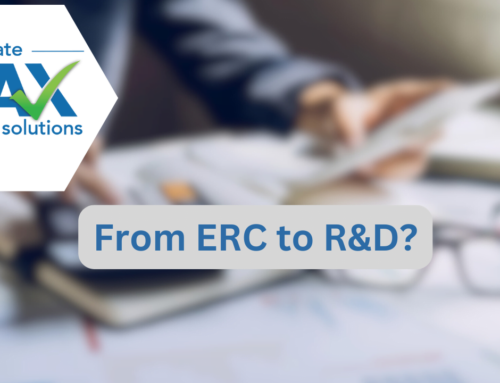What is Cost Segregation?
Cost segregation is a powerful tool that many real estate investors use to maximize their tax benefits. While the concept is not entirely unheard of, there are aspects of cost segregation that often remain in the shadows. In this blog, we will uncover five things you probably didn’t know about cost segregation, unlocking the hidden tax benefits that can significantly impact your bottom line.
- It’s Not Just for New Construction
One common misconception about cost segregation is that it only applies to newly constructed properties. In reality, cost segregation can be applied to existing buildings and renovations as well. This means that if you recently acquired or renovated a property, you could still benefit from a cost segregation study. Furthermore, cost segregation can also benefit buildings owned for up to 10 years. The key is knowing what the ‘remaining basis’ is in your building, a question your accountant can easily answer.
2. Personal Property Goes Beyond Furniture
When people think of personal property, they often envision furniture and fixtures. However, cost segregation considers a broader range of assets that qualify for accelerated depreciation. This includes items like specialized lighting, security systems, and even landscaping. The list of qualified items goes beyond the aforementioned but requires experienced professionals to identify and qualify. This professional will not only identify all eligible items but will also assign a depreciable value. By hiring a professional and reclassifying these assets, you will significantly reduce your taxable income, putting more money back into your pocket.
3. Tenant Improvements Offer Hidden Value
If you are a commercial property owner who has made tenant improvements, you might be sitting on untapped tax benefits. Many property owners overlook the potential for accelerated depreciation on these improvements. A cost segregation study can identify elements such as flooring, lighting, and HVAC upgrades that can be reclassified as shorter-lived assets, providing you with additional tax savings.
4. Bonus Depreciation Enhances Benefits
The Tax Cuts and Jobs Act (TCJA) introduced a significant enhancement to cost segregation benefits through bonus depreciation. Under the TCJA, qualified property acquired and placed in service between 2017 and 2022 is eligible for 100% bonus depreciation in the first year. This means that in addition to the regular depreciation benefits, you can immediately deduct the entire cost of eligible assets, providing a substantial boost to your tax savings. Properties placed in in 2023 and 2024 will qualify for 80% and 60% bonus depreciation respectively.
5. Cost Segregation Studies Can Get Audited
This may be obvious to many but remains a frequent question we receive from clients on a weekly basis. Yes, your cost segregation can get audited and it is crucial to clarify that the study itself is not directly submitted to the IRS. Contrary to common belief, the cost segregation study serves as vital documentation, ensuring you and your tax preparer have the necessary records should an IRS audit occur, it is not filed with your tax return. What does get submitted on your tax return is the updated deprecation schedule crafted by the cost segregation professional. The new depreciation schedule and deduction is automatically accepted but can be reviewed for a period of four years following the date of submission. The IRS has trained agents to specialize in cost segregation audits, making it imperative that you hire experienced professionals to perform your study. Ensure that your cost seg professional will stand behind their work and offer audit protection in their agreement.
Conclusion
Cost segregation is a powerful strategy that extends beyond the surface-level understanding many people have of it. By recognizing these five lesser-known aspects, you can unlock hidden tax benefits from your real estate investments and optimize your tax position. Whether you’re dealing with new constructions, existing properties, or tenant improvements, a well-executed cost segregation study can be a game-changer in enhancing your cash flow and overall financial success.






